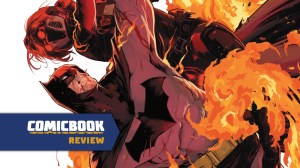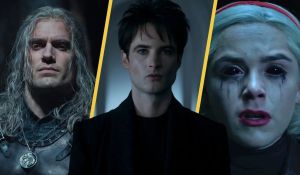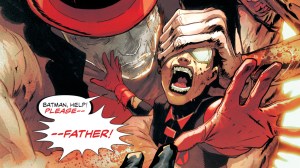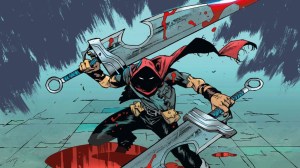In 1994, audiences were introduced to The Shadow, a big-budget superhero film starring Alec Baldwin as Lamont Cranston, a man with a dark past who becomes a mysterious vigilante wielding psychic powers and an intimidating laugh. Set in a stylized version of 1930s New York, the film was packed with pulp-era flair from trench coats, fedoras, and neon-lit fog, to a villain descended from Genghis Khan wielding ancient powers and nuclear threats. With a script by David Koepp (Jurassic Park), direction by Russell Mulcahy (Highlander), and a sweeping score by Jerry Goldsmith, it sure seemed like a sure win. But when it hit theaters? It bombed.
Videos by ComicBook.com
The Shadow cost around $40 million and barely scraped together $32 million at the box office. It was released during a time when studios were scrambling to capitalize on the unexpected success of Tim Burton’s Batman, but weren’t quite sure how. And thus, The Shadow became yet another footnote in a string of superhero misfires that left little impact on the ’90s blockbuster landscape.
Shadows Loom Large Over Gotham and Its Favorite Masked Vigilante
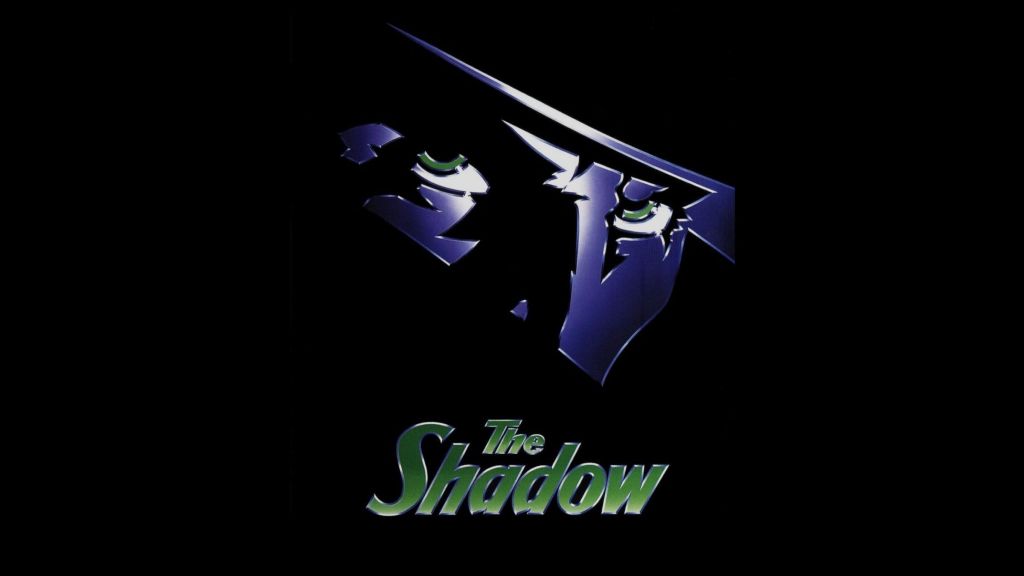
The Shadow may have failed as a film, but the character behind it, dating back to the 1930s, helped create one of the most iconic superheroes of all time. If you’ve ever watched a Batman movie, cracked open a Detective Comics issue, or rooted for the dark knight as he brooded over Gotham, you’ve felt the influence of The Shadow. Long before superheroes wore spandex and punched aliens, pulp fiction heroes ruled the page and the airwaves. And among them, The Shadow reigned supreme. First appearing on radio in 1930 as a mysterious narrator in the show Detective Story Hour and then quickly spinning off into pulp magazines, The Shadow became a phenomenon. Voiced by none other than Orson Welles in the radio serials, he struck fear into criminals with his iconic line: “Who knows what evil lurks in the hearts of men? The Shadow knows!”
The Shadow operated in the darkness, fought crime outside the bounds of the law, and used fear as his primary weapon. He had a secret identity, a complicated moral code, and a city gripped by corruption. And no, that’s no coincidence. Batman’s creators, Bob Kane and Bill Finger, were directly inspired by The Shadow when they developed the Dark Knight in 1939. In fact, Finger—who did much of the heavy lifting when it came to Batman’s origin and tone—was a massive fan of pulp characters like The Shadow and Zorro. The influence is clearest in Batman’s very first appearance, Detective Comics #27, where the Caped Crusader is much more of a ruthless vigilante than the modern hero we now know. He carried a .45 gun, wasn’t above killing criminals, and stalked the night like a predator, not at all unlike The Shadow, who himself was often also known as the Knight of Darkness.
There’s even a specific story, “Partners of Peril”, a Shadow pulp novel published in 1936, that reportedly served as the blueprint for Batman’s first comic book adventure. In those early issues, the similarities were undeniable. Our hero had a brooding demeanor, dual identities, a flair for the theatrical, and a cold, methodical approach to justice. Batman evolved over the years, gaining his own moral compass and code of honor, but his shadowy roots can be traced directly back to Lamont Cranston.
So why didn’t The Shadow’s 1994 cinematic revival connect with audiences?
Part of the problem was tone. The film tried to walk a fine line between campy fun and dark mystery—somewhere between Tim Burton’s Batman and Indiana Jones—and didn’t quite commit to either. Alec Baldwin, though charismatic, gave a performance that felt uneven. He was sometimes charming and sly, other times moody and stiff. The villain, played by John Lone, had potential but was bogged down by exposition-heavy dialogue and an overstuffed plot involving psychic duels, dream sequences, and a nuke hidden in a hotel.
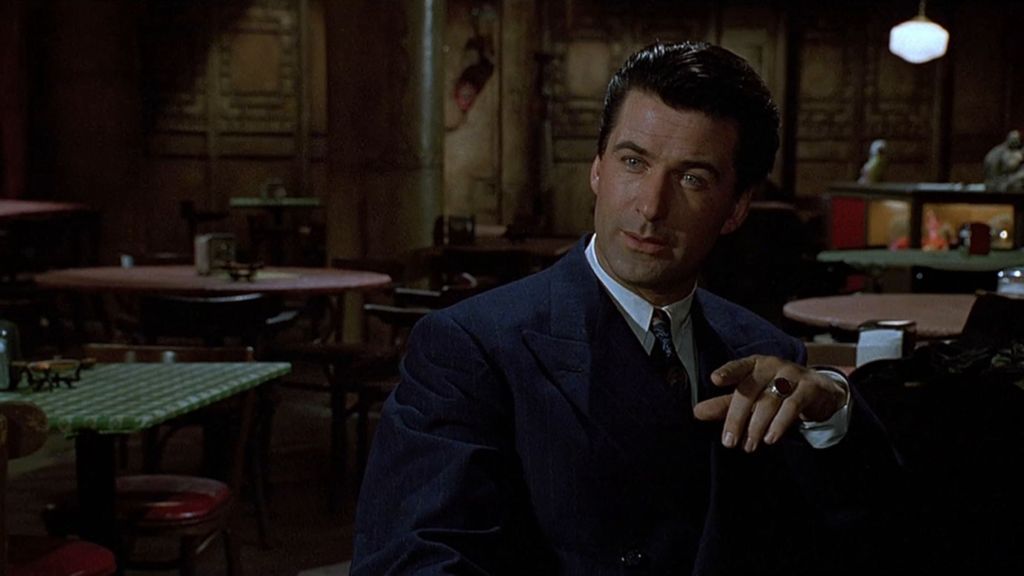
Then there was the issue of audience familiarity. By the 1990s, most moviegoers didn’t know The Shadow from The Spirit or The Phantom. To younger fans raised on Superman and the X-Men animated series, The Shadow felt like a relic. The studio tried to frame him as a mysterious proto-Batman, but the marketing failed to bridge the gap between retro cool and modern relevance. Without a built-in fanbase or a strong push, the film faded into obscurity. But for all its flaws, The Shadow has become something of a cult classic. Fans appreciate its lush production design, faithful recreation of the pulp era, and Goldsmith’s absolutely killer which score summons forth imagery of broody, romantic heroes. Baldwin’s transformation scene, where he dons the hooked nose and maniacal grin of The Shadow persona, remains genuinely unsettling and cool even today.
More importantly, The Shadow’s true legacy lives on not in box office numbers, but in influence. Without him, there’s no Batman. And without Batman, there’s no modern superhero movie industry. Period. The DNA of The Shadow runs deep in Gotham’s veins, from Batman’s eerie presence to his rogues’ gallery of psychologically tormented villains. Even the concept of using theatricality, shadows, and misdirection as a weapon? That’s pure Shadow. So the next time you see Batman disappear in a swirl of cape and smoke, or glide over Gotham’s skyline with nothing but justice on his mind, tip your hat to the one who came before him. The one who knew what evil lurked in men’s hearts. The one whose name is still reverently whispered in the heart of the darkness.


